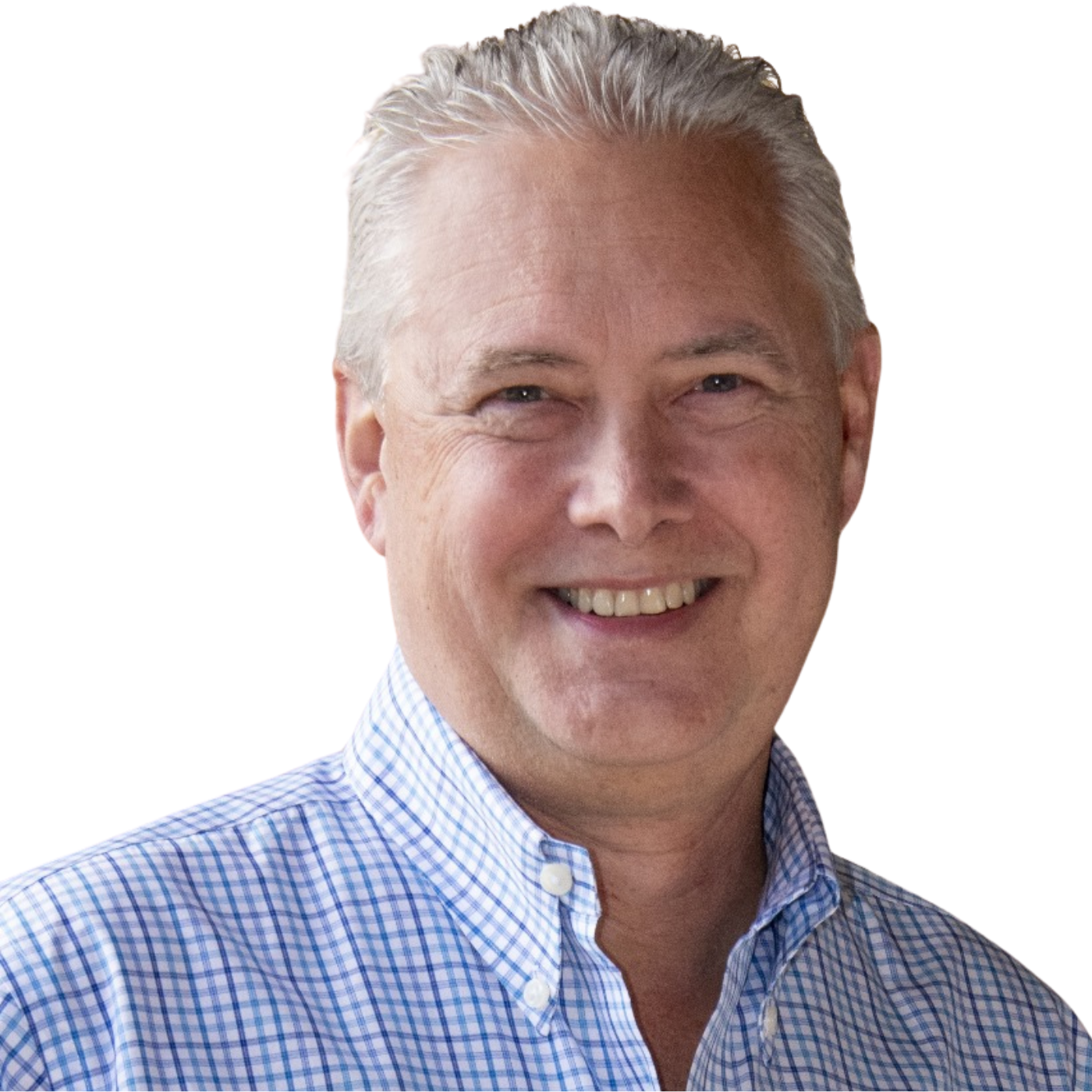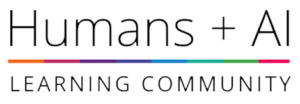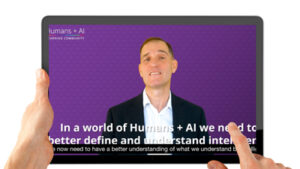“To be a flexible leader is to make sense of the world in a way that allows you to intentionally ask, ‘How do I need to lead in this moment to get the best results for my team and the outcomes we need?’”
– Kevin Eikenberry

About Kevin Eikenberry
Kevin Eikenberry is Chief Potential Officer of leadership and learning consulting company The Kevin Eikenberry Group. He is the bestselling author or co-author of 7 books, including the forthcoming Flexible Leadership. He has been named to many lists of top leaders, including twice to Inc. magazine’s Top 100 Leadership and Management Experts in the World. His podcast, The Remarkable Leadership Podcast, has listeners in over 90 countries.
What you will learn
- Understanding the essence of flexible leadership
- Balancing consistency and adaptability in decision-making
- Embracing “both/and thinking” to navigate complexity
- Exploring the power of context in leadership strategies
- Mastering the art of asking vs. telling
- Building habits of reflection and intentionality
- Developing mental fitness for effective leadership
Episode Resources
People
Book
Frameworks/Concepts
Organizations/Companies
Technical Terms
Transcript
Ross Dawson: Kevin, it is wonderful to have you on the show.
Kevin Eikenberry: Ross, it’s a pleasure to be with you. I’ve had conversations about this book for podcasts. This is the first one that’s going to go live to the world, so I’m excited about that.
Ross: Fantastic. So the book is Flexible Leadership: Navigate Uncertainty and Lead with Confidence. What does flexible leadership mean?
Kevin: Well, that’s a pretty good starting question. Here’s the big idea, Ross: so many people have come up in leadership and taken assessments of one sort or another. They’ve done Strengths Finder or a leadership style assessment, and it’s determined that they are a certain style or type.
That’s useful to a point, but it becomes problematic beyond that. Humans are pattern recognizers, so once we label ourselves as a certain type of leader, we tend to stick to that label. We start thinking, “This is how I’m supposed to lead.”
To be a flexible leader means we need to start by understanding the context of the situation. Context determines how we ought to lead in a given moment rather than relying solely on what comes naturally to us.
Being a flexible leader involves making sense of the world intentionally and asking, “How do I need to lead in this moment to get the best results for my team and the outcomes we’re working towards?”
Ross: I was once told that Carl Jung, who wrote the typology of personalities that forms the foundation of Myers-Briggs, said something similar. I’ve never found the original source, but apparently, he believed the goal was not to fix ourselves at one point on a spectrum but to be as flexible as possible across it.
So, we’re all extroverts and introverts, sensors and intuitors, thinkers and feelers.
Kevin: Exactly. None of us are entirely one or the other on these spectrums. They’re more like continuums.
Take introvert vs. extrovert. Some people are at one extreme or the other, but no one is a zero on either side. The problem arises when we label ourselves and think, “This is who I am.” That may reflect your natural tendency, but it doesn’t mean that’s the only way you can or should lead.
Ross: One of the themes in your book is “both/and thinking,” which echoes what I wrote in Thriving on Overload. You can be both extroverted and introverted. I see that in myself.
Kevin: Me too. Our world is so focused on “either/or” thinking, but to navigate complexity and uncertainty as leaders, we must embrace “both/and” thinking.
- Scott Fitzgerald once said something along the lines of, “The test of a first-rate intelligence is the ability to hold two opposing ideas in your mind at the same time and still function.” I’d say the same applies to leadership.
To be highly effective, leaders must consider seemingly opposite approaches and determine what works best given the context.
Ross: That makes sense. Most people would agree that flexible leadership is a sound idea. But how do we actually get there? How does someone become a more flexible leader?
Kevin: The first step is recognizing the value of flexibility. Many leaders get stuck on the idea of consistency. They think, “To be effective, I need to be consistent so people know what to expect from me.”
But flexibility isn’t the opposite of consistency. We can be consistent in our foundational principles—our values, mission, and core beliefs—while being adaptable in how we approach different situations.
Becoming a flexible leader requires three things:
- Intention – Recognizing the value of flexibility.
- Sense-making – Understanding the context and what it requires of us.
- Flexors – Knowing the options available to us and deciding how to adapt in a given situation.
Ross: This aligns with my work on real-time strategy. A fixed strategy might have worked in the past, but in today’s world, we need to adapt. At the same time, being completely flexible can lead to chaos.
Kevin: Exactly. Leaders need to balance consistency and flexibility, knowing when to lean toward one or the other.
Leadership is about achieving valuable outcomes with and through others. This creates an inherent tension—outcomes vs. people. The answer isn’t one or the other; it’s both.
For every “flexor” in the book, the goal isn’t to be at one extreme of the spectrum but to find the balance that best serves the team and the context.
Ross: You’ve mentioned the word “flexor” a few times now. I think this is one of the real strengths of the book. It’s a really useful concept. So, what is a flexor?
Kevin: A flexor is the two ends of a continuum on something that matters. Let’s use an example.
On one end, we have achieving valuable outcomes. On the other end, we have taking care of people. Some leaders lean toward focusing on outcomes—getting the work done no matter what. Others lean toward prioritizing their people—ensuring their well-being and development so outcomes follow.
The reality is that leadership requires balancing both. Sometimes the context calls for one approach more than the other. For instance, in moments of chaos, compliance might be necessary to maintain safety or order. In other situations, you’ll need to inspire commitment for long-term success.
A leader must constantly assess the context and decide where to lean on the spectrum.
Ross: That’s a great example. Another one might be between “ask” and “tell.”
Kevin: Yes, exactly! Leaders often believe they need to have all the answers, so they default to telling—giving directives and expecting people to follow.
But sometimes, asking is far more effective. Your team members often have perspectives and information you don’t. By asking rather than telling, you gain insights, foster collaboration, and build trust.
Of course, it’s not about always asking or always telling. It’s about understanding when to lean toward one and when the other might be more effective.
Ross: That makes sense. In today’s world, consultative leadership is highly valued, especially in certain industries. Many great leaders lean heavily on asking rather than telling.
Kevin: Absolutely, but even consultative leaders need to recognize when the situation calls for decisiveness. If there’s urgency or a crisis, sometimes the team just needs clear instructions: “Here’s what we need to do.”
Being a flexible leader means being intentional—understanding the context and adjusting your approach, even if it doesn’t align with your natural tendencies.
Ross: That brings us to the concept of sense-making. Leaders need to make sense of their context to decide where they stand on a particular flexor. How can leaders improve their sense-making capabilities?
Kevin: The first step is recognizing that context matters and that it changes.
Many leaders rely on best practices, but those only work in clear, predictable situations. Our world is increasingly complex and uncertain. In such situations, we need to adopt “good enough” practices or experiment to find what works.
To improve sense-making, leaders must build a mental map of their world. Is the situation clear, complicated, complex, or chaotic? This aligns with David Snowden’s Cynefin framework, which I reference in the book.
By identifying the nature of the situation, leaders can adjust their approach accordingly.
Ross: The Cynefin framework is a fantastic tool, often used in group settings. You’re applying it here to individual leadership.
Kevin: Exactly. It’s not just about guiding group processes. It’s about helping leaders see the situation clearly so they can flex their approach.
Ross: That’s insightful. Leaders don’t operate in isolation—they’re part of an organizational context. How does a leader navigate their role while considering the expectations of their peers, colleagues, and supervisors?
Kevin: Relationships play a critical role. The better your relationships with peers and supervisors, the more you understand their styles and perspectives. This helps you navigate the context effectively.
Sometimes, though, you may need to challenge others’ perspectives—respectfully, of course. If someone is treating a situation as chaotic when it’s actually complex, your role as a leader may be to ask questions or provide a different perspective.
Being intentional is key. Leadership often involves breaking habitual responses, pausing to assess the context, and deciding if a different approach is needed.
Ross: That’s a journey. Leadership habits are deeply ingrained. How do leaders move from their current state to becoming more flexible and adaptive?
Kevin: That’s the focus of the third part of the book—how to change your habits.
First, leaders need to recognize that their natural tendencies might not always serve them best. Without this realization, no progress is possible.
Next, they must build new habits, starting with regularly asking questions like:
- What’s the context here?
- What does this situation require of me?
- How did that approach work?
Reflection is crucial. Leaders should consistently ask, “What worked, what didn’t, and what can I learn from this?”
Another valuable practice is what I call “plausible cause analysis.” Instead of jumping to conclusions about why something happened, consider multiple plausible explanations. For example, if a team doesn’t respond to a question, don’t assume they’re disengaged. There could be several reasons—perhaps they need more time to think or the question wasn’t clear.
By exploring plausible causes, leaders can choose responses that address most potential issues.
Ross: That’s a great framework for reflection and improvement. It also ties into mental fitness, which is so important for leaders.
Kevin: Exactly. During the pandemic, we worked extensively with clients on mental fitness—not just mental health. Mental fitness involves proactively building resilience, much like physical fitness.
Reflection, gratitude, and self-awareness are all part of maintaining mental fitness. Leaders who invest in their mental fitness are better equipped to handle challenges and make sound decisions.
Ross: Let’s circle back to the book. What would you say is its ultimate goal?
Kevin: The goal of Flexible Leadership is to help leaders navigate uncertainty and complexity with confidence.
For 70 years, leadership models have tried to simplify the real world. While those models are helpful, they’re inherently oversimplified. The ideas in the book aim to help leaders embrace the complexity of the real world, equipping them with tools to become more effective and, ultimately, wiser.
Ross: Fantastic. Where can people find your book?
Kevin: The book launches in March, but you can pre-order it now at kevineikenberry.com/flexible. That link will take you directly to Amazon. You can also learn more about our work at kevineikenberry.com.
Ross, it’s been an absolute pleasure. Thanks for having me.
Ross: Thank you so much, Kevin!
Podcast: Play in new window | Download






